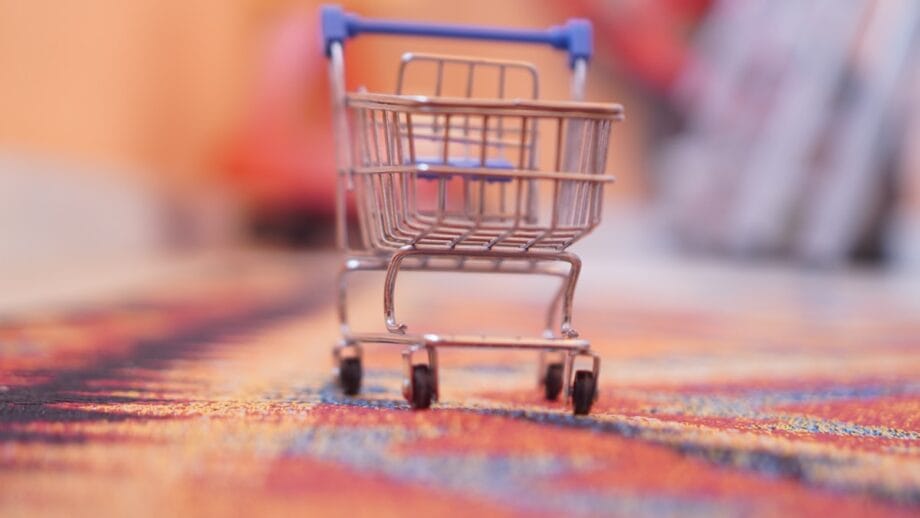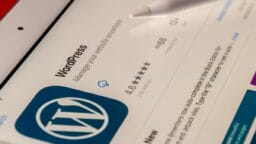Kroger Redefines Online Shopping Strategy Amid Fulfillment Center Closures
CINCINNATI —
Kroger has announced the impending closure of three automated fulfillment centers, a move that reflects its strategy to revamp its online shopping landscape by enhancing partnerships with delivery applications.
This shift towards “hybrid eCommerce offerings” will incorporate the company’s physical stores and delivery partners while continuing to utilize automated warehouses when deemed advantageous.
The grocery titan revealed these transformative changes on Tuesday, asserting their belief that this approach will provide a streamlined shopping experience for consumers and bolster the company’s profitability.
The automated fulfillment centers located in Pleasant Prairie, Wisconsin; Frederick, Maryland; and Groveland, Florida, are slated to cease operations in January, as the corporation evaluates the efficiency of its remaining facilities.
Kroger anticipates that these adjustments will culminate in a notable $400 million profit by 2026, although they will initially incur a substantial accounting loss estimated at $2.6 billion in late 2025.
eCommerce remains a core part of serving customers who desire improved value, extensive selection, and flexible shopping methods,” stated Ron Sargent, Kroger’s chairman and CEO.
“We are building upon a robust foundation, having recorded five consecutive quarters of double-digit eCommerce sales growth along with profitability enhancements.
Our decisive actions are designed to simplify shopping, expedite delivery times, and present more options to our customers, leading to profitable sales growth.
Adapting to its evolving partnerships, Kroger has designated Instacart as its “primary delivery fulfillment provider” across both Kroger.com and the Kroger app. Furthermore, alliances with DoorDash have expanded, and a “new customer experience” on Uber Eats is expected to debut in early 2026.
The company intends to maintain large automated warehouses in regions experiencing robust online grocery demand, aiming to expedite order fulfillment.
Testing of more agile, cost-effective automation solutions within bustling stores will also be initiated to enhance both speed and the overall shopping experience.
Kroger assures that sales in its existing stores, excluding fuel, are unlikely to suffer as a result of these closures.
“Every customer is unique, expecting varied options for accessing fresh, affordable food without sacrificing value or convenience,” remarked Yael Cosset, executive vice president and chief digital officer for Kroger.

Our distinctive strategy, merging the accessibility of our stores with high-capacity automation and a diverse assortment of beloved fresh products, empowers us to facilitate more shopping trips for the families we serve.
The capability to deliver groceries to tens of millions of families each year, sometimes in as little as 30 minutes, exemplifies a successful model for Kroger and its customers.
Kroger anticipates that these changes will yield quicker deliveries, an expanded array of options, and potentially more competitive pricing—primarily facilitated by Instacart, with supplementary outreach through DoorDash and Uber Eats.
Source link: Wlwt.com.





